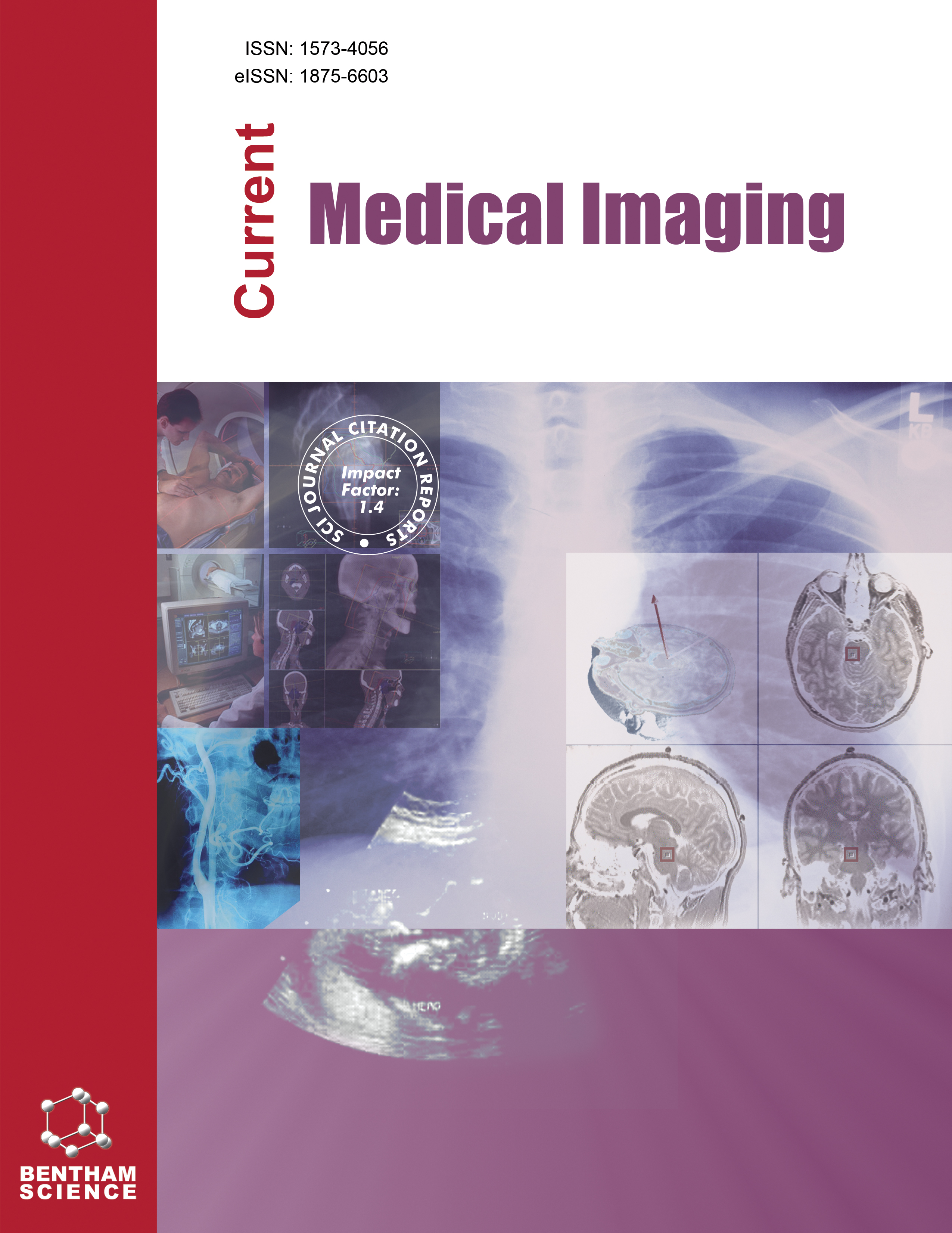-
oa Combination of Contrast-enhanced FlAIR and Contrast-enhanced T1WI: A Quick and Efficient Method in Detecting Brain Metastases of Lung Cancers
- Source: Current Medical Imaging, Volume 20, Issue 1, Jan 2024, e15734056288838
-
- 23 Oct 2023
- 29 Jan 2024
- 01 Jan 2024
Abstract
Some patients with suspected brain metastases (BM) could not tolerate longer scanning examinations according to the standardized MRI protocol.
The purpose of this study was to evaluate the clinical value of contrast-enhanced fast fluid-attenuated inversion recovery (CE FLAIR) imaging in combination with contrast-enhanced T1 weighted imaging (CE T1WI) in detecting BM of lung cancer and explore a quick and effective MRI protocol.
In 201 patients with lung cancers and suspected BM, T1WI and FLAIR were performed before and after administration of gadopentetate dimeglumine. Two radiologists reviewed pre- and post-contrast images to determine the presence of abnormal contrast enhancement or signal intensity and decided whether it was metastatic or not on CE T1WI (Group 1) and CE FLAIR (Group 2). The number, locations and features of abnormal findings in two groups were recorded. Receiver Operating Characteristic (ROC) analyses were conducted in three groups: Group 1, 2 and 3(combination of CE FLAIR and CE T1WI).
A total of 714 abnormal findings were revealed, of which 672 were considered as BM and 42 nonmetastatic. Superficial and small metastases(≤10mm) in parenchyma and ependyma, leptomeningeal and non-expansive skull metastases were typically better seen on CE FLAIR. The areas under ROC in the three groups were 0.720,0.887 and 0.973, respectively. Group 3 was significantly better in diagnostic efficiency of BMs than Group 1 (p<0.0001) or Group 2 (p=0.0006).
The combination of CE T1WI and CE FLAIR promotes diagnostic performance and results in better observation and characterization of BM in patients with lung cancers. It provides a quick and efficient way of detecting BM.


